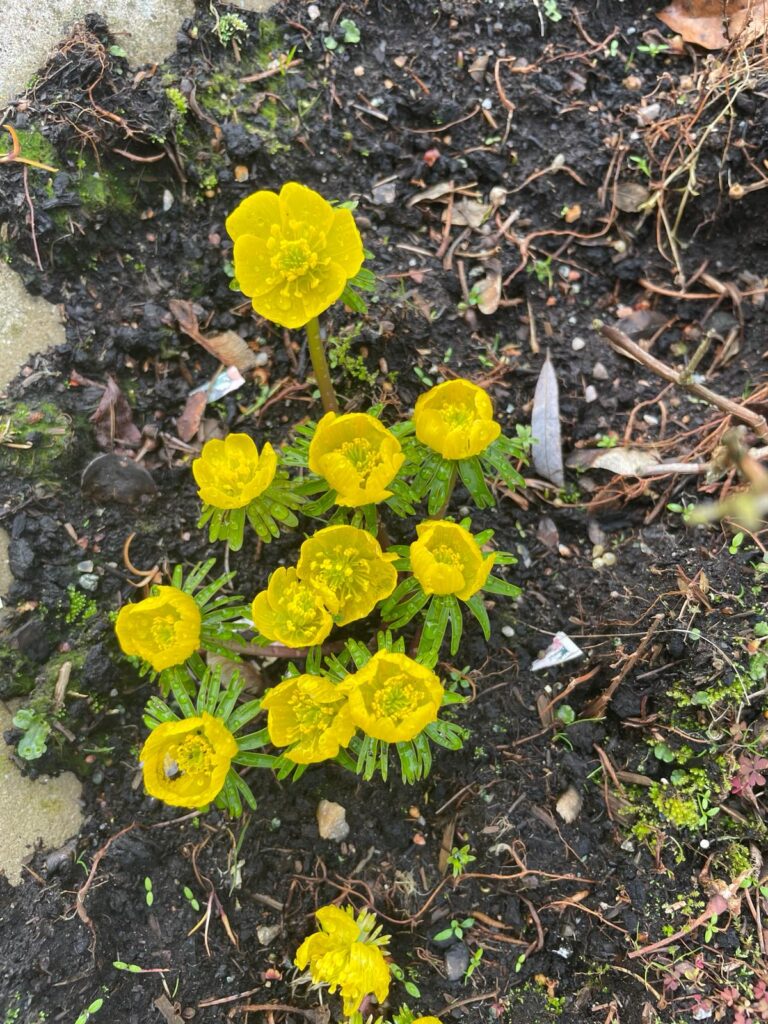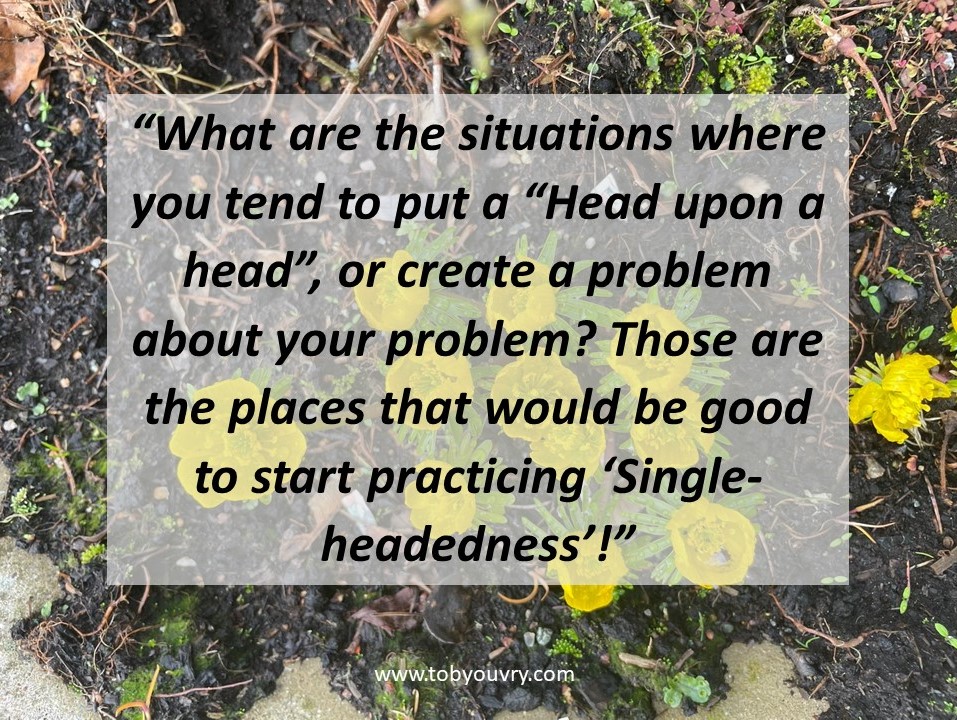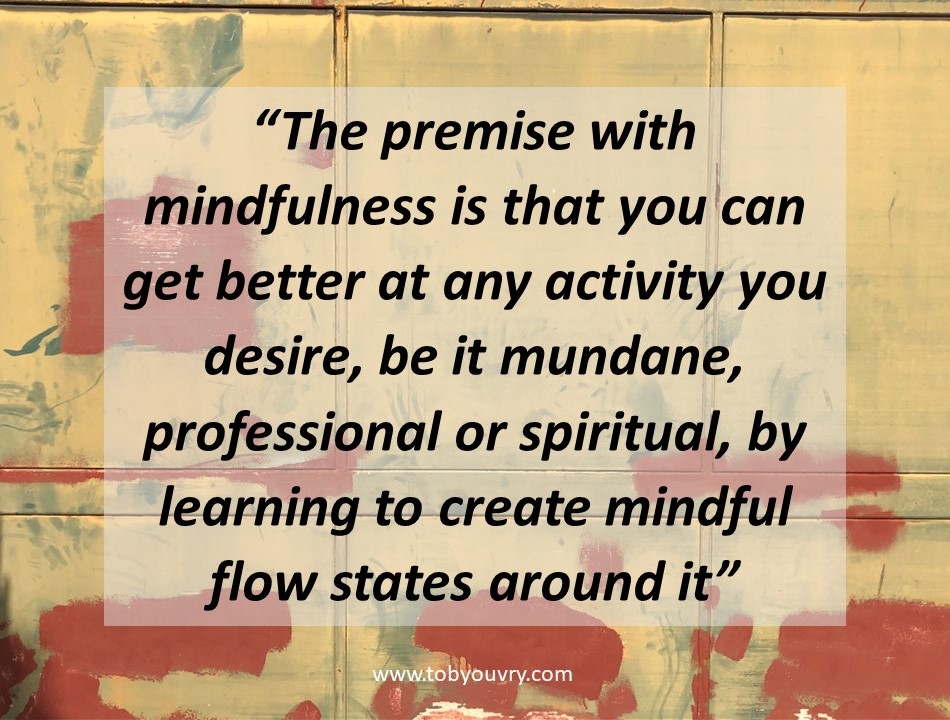“Use distractions to remind yourself that you are in the present,
Use your thoughts to sculpt your perception of reality,
Soften your body to still your mind”
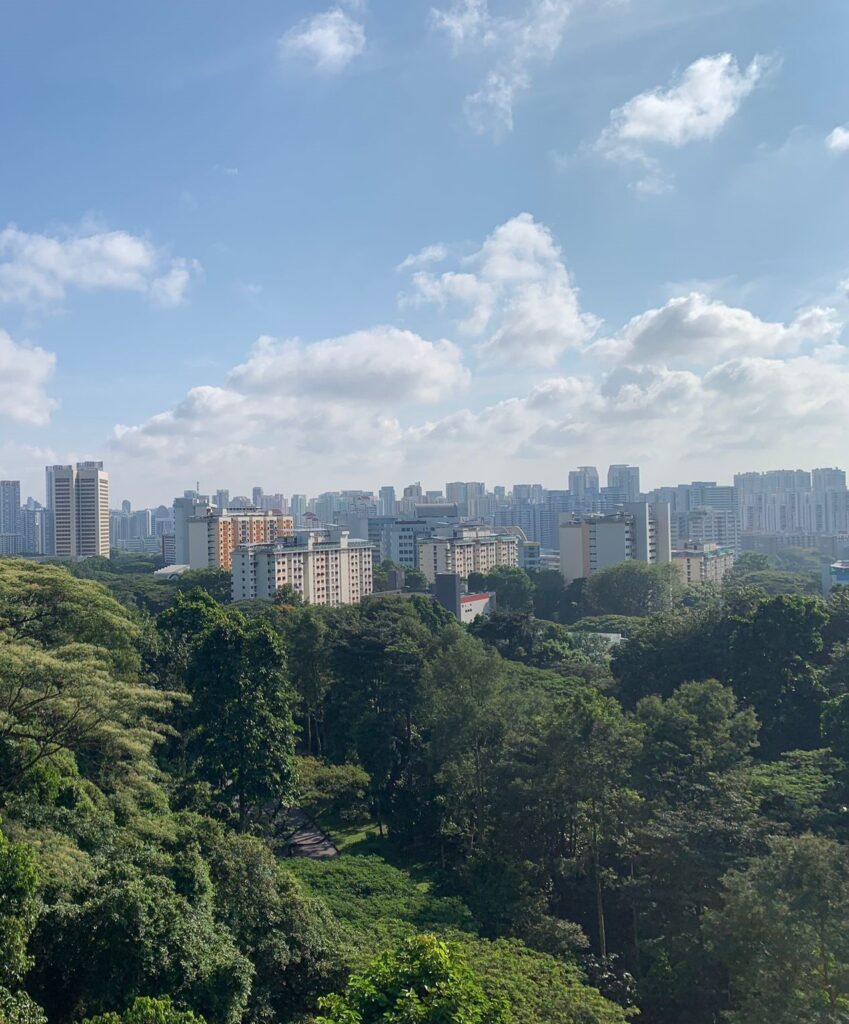
Dear Integral Meditators,
This weeks article explores combining three practices into a short meditation form. I find that putting different practices together makes for more interesting and more complete meditation, and this is one such example, enjoy!
In the spirit of integration,
Toby
Starts Tuesday/Wednesday evening 9/10th April – Exploring your hidden maps of consciousness –mindfulness meditation for growing up
In a sentence: Combine all the benefits of a conventional mindfulness practice with the progressive inner growth & transformation of developmental psychology.
Suitable for: Beginners and more advanced practitioners alike. May be of particular interest to those interested in psychology, coaching, philosophy, & how to combine these disciplines with a living, dynamic meditation practice…read full details
Article of the week: Using distractions, sculpting thoughts, softening the body
What I have done in this piece is to put together three practices, ‘Being mindful of the non-present moment’, ‘Sculpting your thoughts’, and ‘Finding strength through softness’ into an integral practice, where they are done together in a single session. You can do them in the order described, or in a different one as you prefer. Using the order presented, you could say do:
- Five minutes mindfulness of the non-present moment
- Five minutes mindfulness of sculpting your thoughts
- Five minutes mindfulness of inner strength through softness
Or you could emphasize one main practice for 10 minutes, and then doing 2/3 of minutes each of the second two.
‘Being mindful of the non-present moment’
“By studying the non-present moment more closely, often our mind quietens down substantially and becomes more present, without effort on our part”
Watch the distractions coming into your awareness from your environment and senses, and from your mind. Notice that all the sounds around you are in the present moment, and that when you focus on your awareness of them, this can bring you back into the present moment, not away from it. Notice that even though your thoughts may be of the past or future, the thoughts themselves are happening now, in the present! By recognizing this and being present to your distractions, they help you to come into the present moment, rather than taking you away from it!
‘Sculpting your thoughts’
“Look at the thoughts you are experiencing right now, and ask yourself the question; Are they sculpting me, or am I sculpting them?”
The first position here is simply to watch your thoughts. By doing some become aware of your minds mental content, and start to see how each of your thoughts is influencing your perception of yourself and your world. By thoughts I mean not just sentences, but images, memories, mental impulses, anything that is being generated on the mental plane. Then ask yourself the question: “What is the optimal way for me to mentally frame what my mind is dwelling upon, so that I derive maximum value and minimum unnecessary pain from it?”
Practice making small, creative interventions in your thinking process, guiding your thoughts according to the principle of the above question.
‘Finding inner strength & mental stillness through softness’
“How can I still the mind with as little effort as possible, using the softness of the body?”
Whenever you think a thought, the tension or energy of that thought will turn up as an energy in the body. The practice here is to make the body as ‘soft’ and relaxed as possible, so that your body energy is unable to ‘support’ the energy of your thoughts. Whenever a thought tries to appear, relax the areas of your body where you feel the energy of the thought, and let the thought dissolve away. In this way let your mind gradually relax into a still, thoughtless space where you can regenerate your inner strength.
Related reading: Being mindful of the non-present moment
Sculpting your thoughts
Finding strength through softness
Article & content © Toby Ouvry 2024, you are welcome to use or share this article, but please cite Toby as the source and include reference to his website www.tobyouvry.com
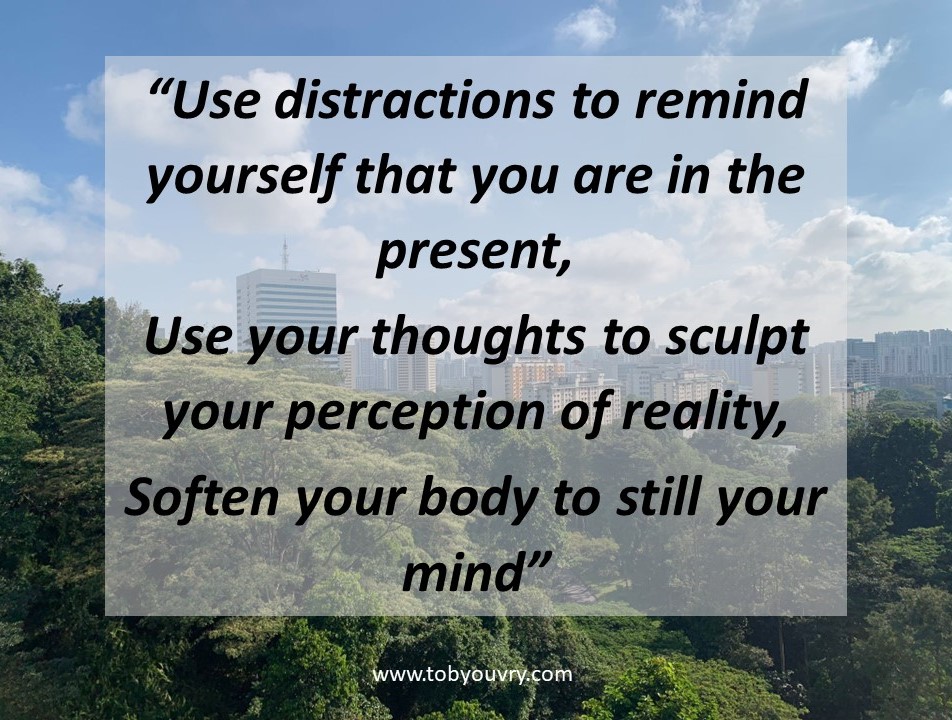
All upcoming classes and workshops at IMA:
Ongoing – Weekly Tuesday, Wednesday Online class schedule
Ongoing on Wednesday’s, 7.30-8.30pm – Wednesday Meditation for stress transformation and positive energy with Toby (Bukit Timah)
Ongoing on Tuesday evenings, 7.30-8.30pm – Tuesday Meditation for stress transformation and positive energy with Toby (East Coast)
Ongoing – Effortless effort – The art of doing by non-doing, a ten-week meditation course
Tues & Weds 19,20th March, 7.30-8.30pm – Spring Equinox balancing and renewing meditation
Saturday March 23rd, 9-11.30am – Integral meditation deep dive mini-retreat
Starts Tuesday/Wednesday evening 9/10th April – Exploring your hidden maps of consciousness –mindfulness meditation for growing up
Saturday & Sunday April 20th & 21st – Integral Meditation 1.5 Day Retreat
Follow Toby on: LinkedIn, YouTube, Instagram
Integral Meditation Asia
Online Courses * 1:1 Coaching * Books * Live Workshops * Corporate Mindfulness Training *Life-Coaching * Meditation Technology
